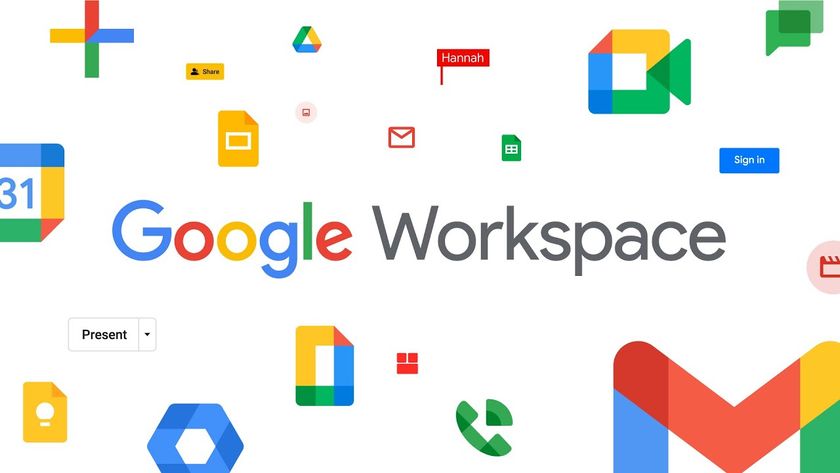Ultra Low Energy standard set to make smart homes ubiquitous
Smart homes set to become mass market
AB So far, the available solutions are usually restricted to products and services from one and the same company. What users really want are networks that can easily be extended without unnecessary restrictions. With open standards such as ULE, the demand for smart home products will increase. It's a win-win situation for both, the user and the manufacturers.
There are several aspects that contribute to the user satisfaction and widespread adoption of smart homes. For a broad market acceptance, smart homes can no longer be restricted to luxurious and expensive homes. Making smart homes affordable is one of the key points to enable a widespread use of smart home products. This can be further subdivided into the cost of purchasing and the cost of installation and maintenance. That includes further expansions of the network when new devices become available.
Another important factor for the success of smart home solutions is the variety of available devices. It must be easy for the consumer to get hold of the products, from multiple manufacturers, to setup and expand the existing networks without any hassle and without having to consult an expert. More do-it-yourself-systems are required. With the widespread use of smartphones and tablets in recent years, it is also important that apps and cloud services are easily available for free or at moderate prices - not only for the delivery of information, but also to control the system or single devices remotely.
TRP What kind of ULE-based products are already available?
AB The setup of the ULE certification program is currently being finalised. The certification program will enable all ULE Alliance members to submit their devices for compliance testing to receive a certificate of compliance: the ULE logo. Several ULE-based products are already available, ranging from smoke detectors to smart plugs, but these devices don't have the ULE logo yet.
TRP When will we see a widespread use of ULE products?
AB Several large manufacturers will release a series of products next year. Once this has happened, we expect that many other companies will follow suit which will lead to a surge in systems and devices. IHS Research predicts that 50 million ULE products will be sold in 2015. In addition, millions of existing DECT gateways can easily be upgraded to ULE via a simple software update. Unlike with conventional DECT products, up to 2,000 actuators and sensors can be connected with each other via ULE. There are basically no limits, neither for the manufacturers nor for the end users.
Are you a pro? Subscribe to our newsletter
Sign up to the TechRadar Pro newsletter to get all the top news, opinion, features and guidance your business needs to succeed!
TRP How secure are ULE-based systems and what are the major threats?
AB Besides the ultra-low energy operation, the increased security of ULE is another important addition to the DECT standard. The ULE network is using a higher level security scheme (AES 128) compared to traditional DECT. This scheme is the state-of-the-art industry solution for secure networks. When it comes to security, compromised privacy is probably the biggest threat to smart homes as all components are connected and can be controlled remotely. If an un-authorised person manages to access the system, it could lead to unpleasant consequences for the owner. The ULE security scheme in its current form will protect the users.
TRP What does the ULE Alliance do to support businesses and end users?
AB The ULE Alliance helps its members to quickly develop new products and services in the areas of Home Automation, Security and Climate Control by ensuring perfect interoperability between the products of different vendors. We also co-operate actively with other organisations such as ETSI and HGI who promote ideas for the widespread adoption of the Internet of Things. By ensuring that the solutions become more affordable, secure and user-friendly thanks to ULE, the end users also benefits from our work.
TRP How will the smart home of the future look like?
AB Basically everything that can increase the comfort and the security of the user and helps to save energy and money will become a reality. Once the Internet of Things is fully deployed, we will be surrounded by an increasing number of devices that improve the comfort and security in and around our homes.
The smart home will recognise who's at home, leaving or arriving. It will adjust the room temperature to the user's liking and intelligently manage the heating and cooling systems to save energy and money. And it will also alert us about unusual events of all kind. These are only a few examples of how smart homes will improve the quality of life.
The underlying technologies such as ULE will play an important part by allowing seamless co-operations and solutions. It won't be a revolution - partly because of the diverse nature of smart homes and the challenges that come with it, partly because the transformation has already started - but a very fast and eagerly anticipated evolution.

Désiré has been musing and writing about technology during a career spanning four decades. He dabbled in website builders and web hosting when DHTML and frames were in vogue and started narrating about the impact of technology on society just before the start of the Y2K hysteria at the turn of the last millennium.











